Email interruptions are the #3 of the greatest email frustrations
Do you get interrupted by email when you're working on other, higher priority, tasks and activities?
As you can see from the graph below, this is #3 of the most common e-mail problems and frustrations, as identified by 2695 survey participants since March 2006.
Paradoxically, while this is one of the easiest things to get control of, it's one the hardest things for people to actually change. It seems we humans are hard-wired to embrace interruptions and distractions.
How much are we interrupted by e-mail?
E-mail interruptions are a significant problem for e-mail users, with the vast majority of those surveyed reporting they check their in-box either ‘most of the time’ or ‘whenever a new message arrives’. This indicates that many of us have an in-box-based, interruption-driven and largely reactive working style.
The impact of working in this highly interrupted, distracted and reactive manner results in a severe cumulative loss of focus, time, energy and overall productivity. It hinders and delays the completion of high priority or important tasks as well as compromising the quality of this work.
Combined with the inability to concentrate on an intellectual activity requiring more than a few minutes, this has a debilitating effect on our ability to achieve optimal results - reduced mental capacity causes us to work well below our full potential, leading to increased error rates (including poorer decision-making), decreased output, superficial thinking, with fewer new ideas and solutions being generated.
Eliminate e-mail interruptions
E-mail as-an-interruption must be eliminated, especially when it can be better and more productively handled in a more appropriate timeframe and a more productive manner. Here are the 3 key strategies I teach in my presentations, workshops and coaching sessions to SHIFT this approach to a more calendar-based, plan-driven, focused and PROactive style;
Change default setting so that the Calendar is the first you see when opening your e-mail software in the morning
SCHEDULE specific times of the day to focus on processing your e-mail
Turn OFF all e-mail alerts
1: Start your day in the Calendar
Instead of allowing your software to open straight to the inbox view, you can change the default setting so that it presents you with the Calendar view first up. You will be amazed at the difference it makes to regularly start your day looking at the bigger picture perspective of your commitments and workload in the Calendar BEFORE checking the inbox. You'll also find that you make a better quality decision about each e-mail AFTER you've checked your workload in the Calendar rather than BEFORE.
Here’s how to do this in the various versions of Outlook - How to set Calendar as default view (rather than the inbox)
2: Schedule times for processing e-mail
You will be significantly more productive and effective when you set aside specific blocks of time to deal with new, incoming e-mail. How often you process your inbox (not just check your e-mail) depends on your role and even on the sort of day that you're having. Here are a few models;
Process e-mail for 5 mins every half hour (for those in highly responsive roles)
Process e-mail for 10 to 15 minutes every hour (for many admin roles)
Process e-mail just 4 times a day (for most people in office-based roles)
Process e-mail just 3 times a day (Middle managers)
Process e-mail just twice a day (Senior executives and business owners)
I recommend choosing a model that works for you and then actually blocking out these times in your Calendar, in the same way that you block out time for meetings and other on-line appointments (webinars, teleconferences etc). Get control of when you give this task your time, attention and focus!
3: Turn OFF all e-mail alerts
Research shows that it takes over a minute to regain your concentration after an e-mail interruption (in addition to however long it takes you to handle the interruption itself). It also shows that 40% of the time, we won’t return to that interrupted task again for that day!
Most of us check email 10 times more often than we think but checking your inbox 3 or 4 times a day is more than enough for most people. The way to manage these interruptions is to simply turn OFF all the e-mail alerts.
Here’s how to turn off e-mail alerts in Outlook
Get Control of E-mail in 2018
The final aspect of getting control of e-mail interruptions is to manage others' expectations of how promptly you'll respond. This is a whole other subject that we unpack during the Taming the E-mail Tiger and eMastery workshops and it's a critical part of an effective communications policy within your team and your organisation.
If you'd like to discuss how to get control of e-mail in 2018 for yourself or for your team, why not contact me in the next few weeks and let's discuss your situation and some options to consider for converting e-mail from a major liability into revenue-generating activity.
